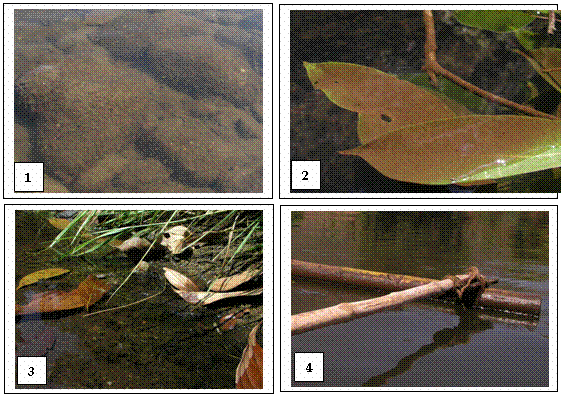
Introduction |
Diatoms (Gr. dia 'through'; tomos 'cutting', i.e., "cut in half") are a major group of eukaryotic algae, which are most important and influential organisms for life on Earth. There are more than 250 genera of living diatoms, and it is estimated that there are approximately 100 000 extant species (Round & Crawford, 1990). The extent of global biodiversity among diatoms is still being debated. Diatoms are estimated to contribute about 25-35 % of the world's productivity (in terms of carbon fixation). An estimate of the total primary production on Earth (both on the oceans and continents) is 1.4 X 10 14 kg dry mass per year, of which perhaps 20-25% is contributed by marine diatoms and 15-20% by other marine algae (Werner, 1977). These numbers explain the quantitative significance of diatoms in “Ecosystem functions”. That means, of all the photosynthesis going on at a time, almost one quarter of it is happening inside diatoms.
They are especially important in oceans, where they are estimated to contribute up to 45% of the total oceanic primary production (Mann, 1999). The constant deposit of dead diatom cells in the ocean floors through ages (from tertiary age) are now mined as diatomite or diatomaceous earth, which is used for filters, deodorants and decolouring agents, and as abrasives as in toothpastes.

Figure 1: Diatom colonies in different environments. (a, b, c, d)
Some species of diatoms live everywhere, but most have temperature, salinity, or other environmental preferences that restrict their presence to a particular range. Even so, any wet watery place on the earth contains many different species of diatoms. Individually, diatoms are invisible to the naked eyes, but large concentrations can often be seen as brown or golden-brown colourations on the surface of rocks, sand or mud (Figure 1). Since they are autotrophic in nature, they are restricted to the photic zone (water depths to about 200 m in depth, depending on clarity). They are non-motile or capable of only limited movement along a substrate by secretion of mucilaginous material along a slit-like groove or channel called a raphe (Figure 6). Both benthic and planktonic forms exist. As primary producers, diatoms play a key role in aquatic food webs. They are an important food source for a wider group of animals such as zooplankton and all kinds of filter and suspension feeders such as worms, insects, molluscans, etc.
Diatoms are classified as belonging to the Division Bacillariophyta. Diatoms are commonly between 20-200 microns in diameter or length, although sometimes they can be up to 2 millimetres long. The cell may be solitary or colonial (attached by mucous filaments or by bands into long chains). Diatoms may occur in large numbers and be well preserved such that they would form sediments composed almost entirely of diatom frustules (diatomites). Their most distinctive characteristic is the possession of elaborate, siliceous cell walls, features of which are used to define and classify species. Since silica resists degradation, diatoms are regularly preserved in both freshwater and marine sediments, and in conjunction with their ecological specificity. Such records have been used to infer lake or ocean histories. In particular, diatoms in lake sediments have been used to deduce changes in pH and nutrient status, as well as climate change. They are also used extensively to infer water quality in freshwater streams and lakes.